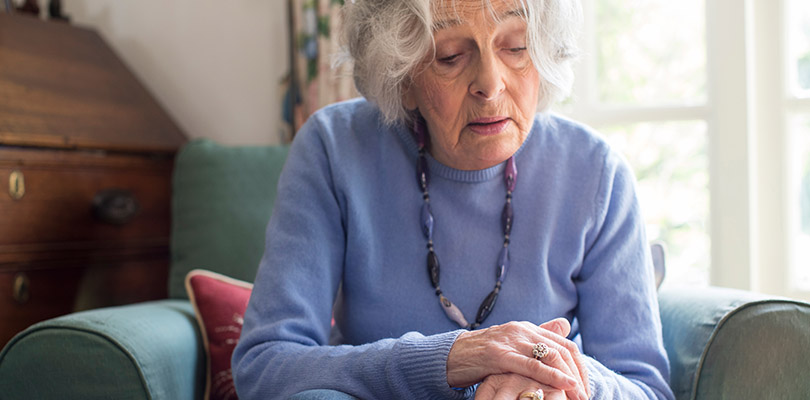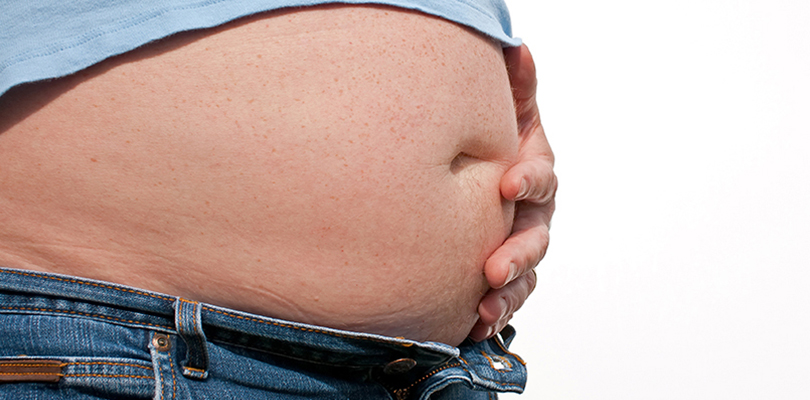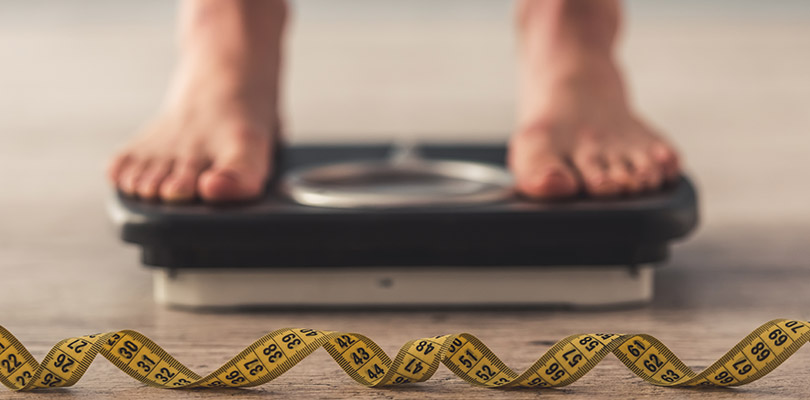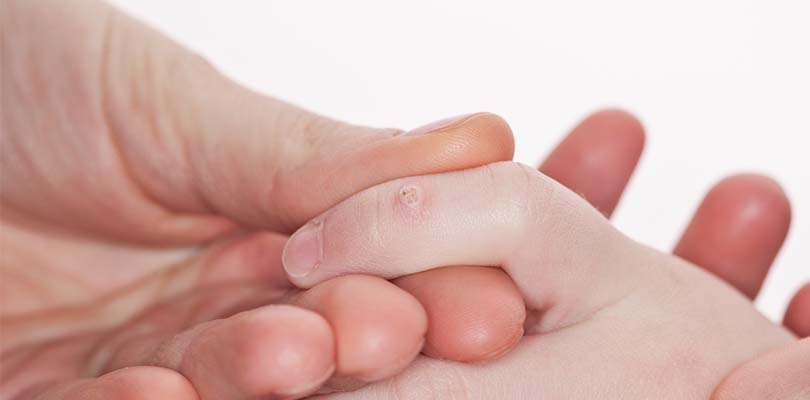What Is Parkinson's Disease?
Parkinson’s disease is a progressive nerve disorder that impacts the body’s movement. While there is currently no cure for Parkinson’s, there are treatment options that can help with the symptoms of the disease.
Although people may experience minor signs of Parkinson’s, with time, the condition worsens. It is common for individuals to experience tremors, stiffness, and irregular movements during the onset of the disease.
Currently, Parkinson’s treatment plans are focused on helping slow the progression of the disease and provide comfort to patients. This particular disease usually impacts people over the age of 60.
What Causes Parkinson's Disease?
While the exact cause of Parkinson’s remains unknown, there are a few factors that may play a role in the likeliness of a person developing this disease.
Scientists believe that specific gene mutations can cause Parkinson’s disease. However, this is incredibly rare. Another theory is exposure to toxins, and certain environmental factors can play a role in the development of the condition. However, this risk is considered pretty small.
While the actual cause of Parkinson’s isn’t completely understood, there are also risk factors. Those risk factors include:
- Individuals over the age of 60.
- Men.
- A close relative has Parkinson’s.
- Exposure to toxins.
Symptoms of Parkinson's Disease
Signs and symptoms can vary in severity and number of occurrences. However, there are a few typical symptoms that are usually associated with this disease. Common symptoms include:
- Tremors – Tremors typically occur in limbs and fingers. Tremors may come and go or be continuous and subtle at first.
- Changes in speech – Individuals with Parkinson’s may have slow, slurred, or hesitated speech.
- Slowed movement – Because the nervous system is impacted, your movements may become unnaturally slow.
- Issues with posture and balance – You may have issues keeping your balance, and you may also develop a stooped posture.
- Issues with automatic movements – Blinking, smiling, or swinging your arms may be difficult to accomplish.
- Changes in writing – Your writing may become smaller or difficult to do.
- Muscle stiffness – One of the earliest signs of Parkinson’s is muscle rigidness.
What Are the Complications of Parkinson's Disease?
There are a variety of issues that can arise for people who have Parkinson’s disease. Some of the most common problems:
- Eating and swallowing.
- Depression.
- Difficulty with thinking or problem-solving.
- Sleep issues.
- Constipation.
- Bladder problems.
- Sexual dysfunction.
- Changes in blood pressure.
- Fatigue.
- Pain.
As liver function begins to decline, you may notice some physical changes in certain areas of your body. Learn about the early signs of liver damage here.
Treatments for Parkinson's Disease
While Parkinson’s is certainly a diagnosis that can change the course of someone’s life, there are treatment plants available.
Medications
Doctors commonly prescribe medications for Parkinson’s patients. Usually, the medications focus on physical issues that may come with movement or walking.
The important thing to understand about Parkinson’s disease is that patients have low levels of dopamine. However, dopamine can’t be directly given directly because it can’t enter the brain. The medications work as a dopamine substitute.
Individuals usually experience considerable improvements in their symptoms once they begin medication. However, over time, individuals will stop responding as well to medications, and the results will be irregular. Most people can still manage their symptoms fairly well for a long period of time on these types of medications.
Surgery
For some individuals, a surgery called deep brain stimulation may be suggested. In this procedure, doctors implant electrodes in certain parts of the brain. The electrodes are connected to a generator that’s implanted in the chest. Pulses of electricity are sent to the brain to help curb some of the symptoms of the disease.
This is considered a more invasive treatment and individuals will have the device monitored and adjusted over time. There is a potential for complications which some doctors may suggest outweigh the potential benefits. Whether or not this is the right choice for you will depend on a variety of factors including how well you respond to topical medications.
Lifestyle Changes
Lifestyle changes such as eating healthy and participating in regular physical activity can help curb some of the minor symptoms of Parkinson ’s disease. It’s important, however, to pay close attention to your body so that you don’t experience a fall or other injury. Other potential ways to help with Parkinson’s may include:
- Pet therapy.
- Massage.
- Yoga.
- Meditation.
- Tai Chi.
- Alexander Technique.
If you are considering implementing alternative or natural remedies in your treatment, be sure to go over it with your doctor first. You want to be sure that you aren’t doing anything that could result in an injury or other issues.
The Bottom Line...
Parkinson’s disease is a serious condition that should be monitored by a doctor. If you or someone you know may be experiencing some of the early signs of the condition, please reach out to your medical professional for more information and to begin a treatment plan.
It’s important to start a treatment plan right away to slow the progression and provide some relief to the symptoms associated with this condition.






